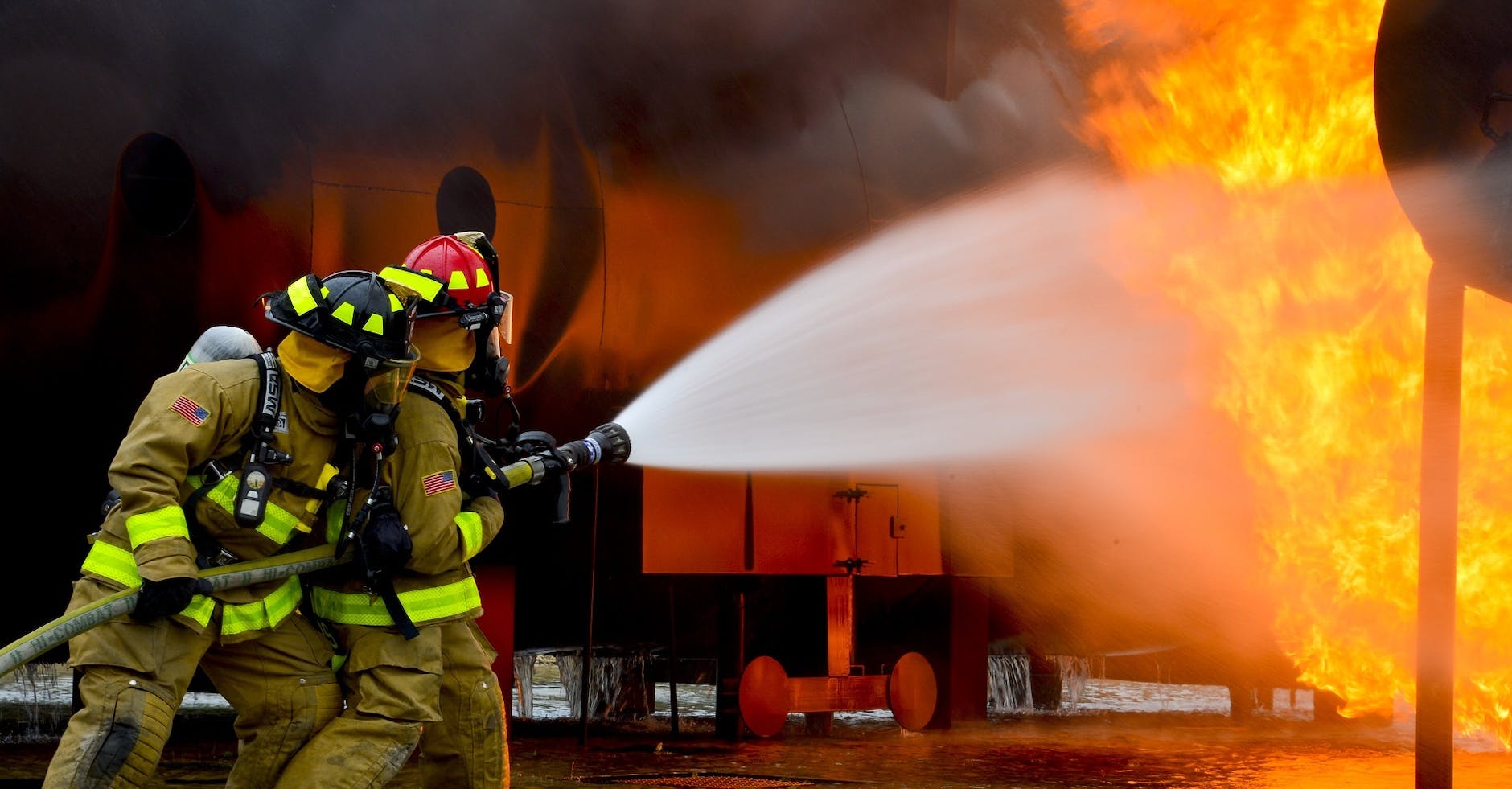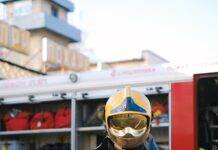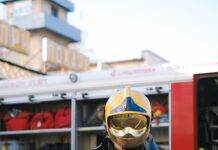
Complete Fire Safety
Introduction
Complete Fire Safety : Fire safety is paramount in today’s world, where fires can occur in homes, workplaces, and public spaces. To ensure the safety of ourselves and others, it’s crucial to have a comprehensive understanding of fire, its elements, and the methods to manage and control it. In this detailed guide, we will explore the spectrum of fire safety, covering topics such as the Fire Triangle, the Fire Tetrahedron, extinguishment methods, types of fires, and types of fire extinguishers.
Fire
Definition of Fire: Fire is a rapid oxidation process characterized by the release of heat, light, and flames, resulting from the combustion of a material in the presence of heat, oxygen, and fuel.
Its Elements
Understanding the elements that contribute to fire formation and sustenance is crucial for fire safety:
Fire Triangle
- Heat: Fire requires an initial source of heat to raise the temperature of the fuel to its ignition point.
- Oxygen: Oxygen from the surrounding air is essential for the combustion process.
- Fuel: Fuel is the material that undergoes combustion and releases energy.
Fire Tetrahedron
- Heat: As in the Fire Triangle, heat remains a fundamental element.
- Oxygen: Oxygen’s presence is essential.
- Fuel: Fuel materials are crucial.
- Chemical Reaction: The concept of a chemical reaction is introduced, emphasizing that combustion involves a complex chemical process.
Extinguishment Methods
To combat fires effectively, it’s important to know the methods of extinguishment, which vary depending on the type of fire:
Cooling
- Using water or other agents to reduce the temperature of the fuel below its ignition point.
Smothering
- Depriving the fire of oxygen by covering it with a non-flammable substance.
Starving of Oxygen
- Removing the oxygen source to prevent combustion.
Interrupting the Chemical Chain Reaction
- In the case of chemical fires, interrupting the chain reaction by removing one or more elements from the equation.
Types of Fire
Fires are classified into categories based on their sources and the materials involved:
- Class A Fires: Involving ordinary combustibles such as wood, paper, and textiles.
- Class B Fires: Involving flammable liquids like gasoline, oil, and grease.
- Class C Fires: Electrical fires resulting from faulty wiring or electrical equipment.
- Class D Fires: Involving combustible metals like magnesium or titanium.
Types of Fire Extinguishers
Different types of fire extinguishers are designed to combat specific classes of fires:
- Water Fire Extinguishers (Class A): Suitable for ordinary combustibles.
- Foam Fire Extinguishers (Class A and B): Effective against flammable liquids.
- Carbon Dioxide (CO2) Fire Extinguishers (Class B and C): Useful for electrical fires.
- Dry Chemical Fire Extinguishers (Class A, B, and C): Versatile and can handle various fire types.
- Class D Fire Extinguishers: Specifically for combustible metal fires.
Conclusion
Fire safety is a shared responsibility, and it’s crucial to stay informed and prepared. By understanding the Fire Triangle, Fire Tetrahedron, fire elements, extinguishment methods, and the role of fire extinguishers, you can contribute to a safer environment for yourself and those around you. Prioritizing fire safety is not just a choice; it’s a necessity for a safer world.
Classification of Fire Extinguishers
Classes of Fire as per European Standard
Classes of Fire as per Indian Standard (IS 15683:2018)
Classes of Fire as per British Standard (BS EN) 2
FAQs (Frequently Asked Questions)
- What is the Fire Triangle, and why is it important?
- The Fire Triangle represents the three essential elements (heat, oxygen, and fuel) required for a fire to ignite and sustain itself. Understanding it is crucial for fire prevention and control.
- Can you explain the significance of the Fire Tetrahedron in fire safety?
- The Fire Tetrahedron adds a fourth element (chemical reaction) to the Fire Triangle, emphasizing the complex chemistry of combustion, especially in chemical fires.
- What are the different types of fire extinguishers, and when should they be used?
- Fire extinguishers vary by the types of fires they can combat. It’s essential to match the extinguisher to the specific fire class to be effective.
- How often should fire drills be conducted in the workplace?
- Fire drills should be conducted regularly in the workplace, typically at least annually, to ensure that employees know how to respond to fires safely and efficiently.
- What should I do if I encounter an electrical fire at home?
- In the case of an electrical fire, it’s crucial to use a fire extinguisher designed for electrical fires or, if safe, cut off the power supply and evacuate while calling for help.
In this article, we’ve explored the complete spectrum of fire safety, from the basics of fire elements to the importance of fire drills. By staying informed and taking appropriate precautions, we can all play a role in preventing and responding to fires effectively. Remember, fire safety is not just a choice; it’s a necessity for a safer world.
























